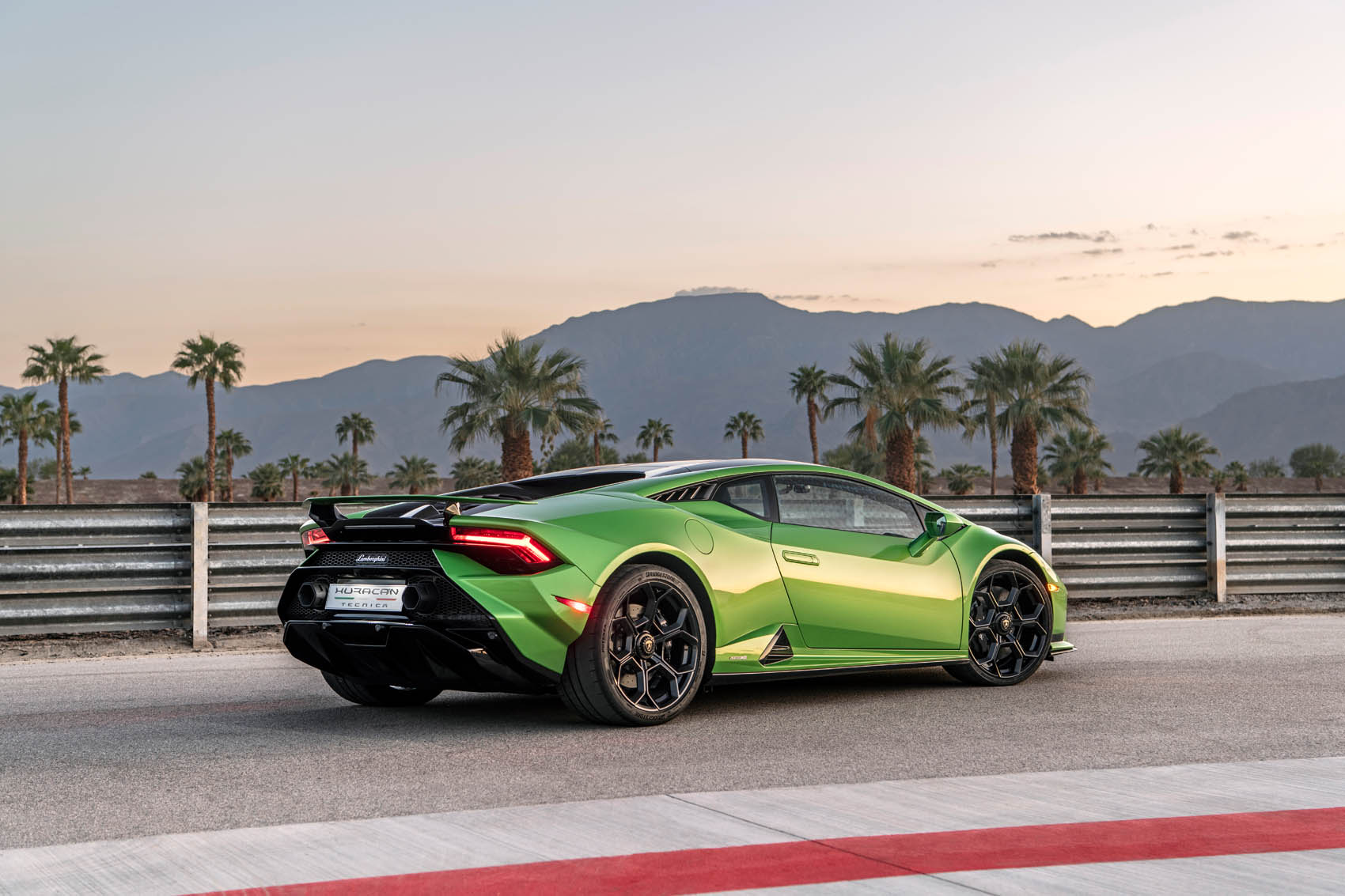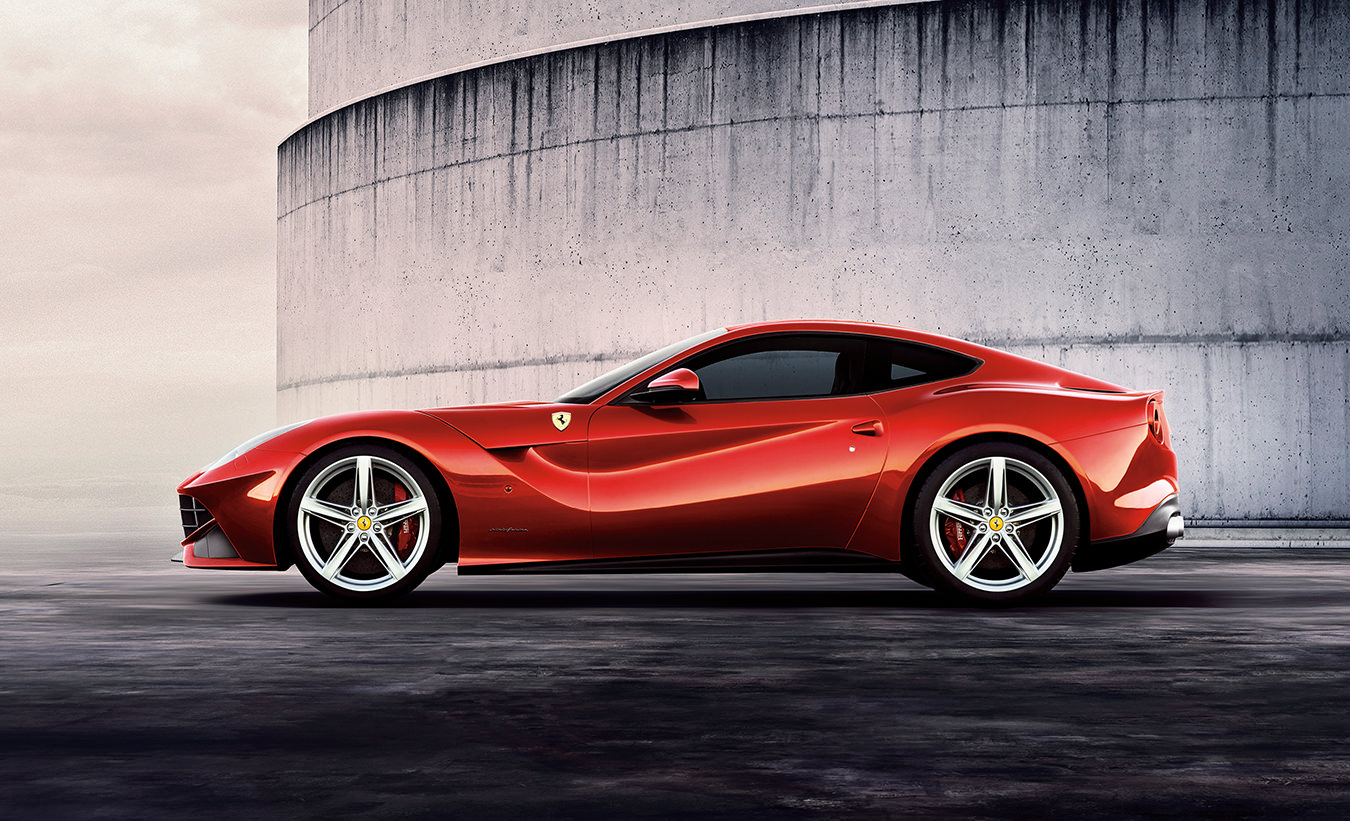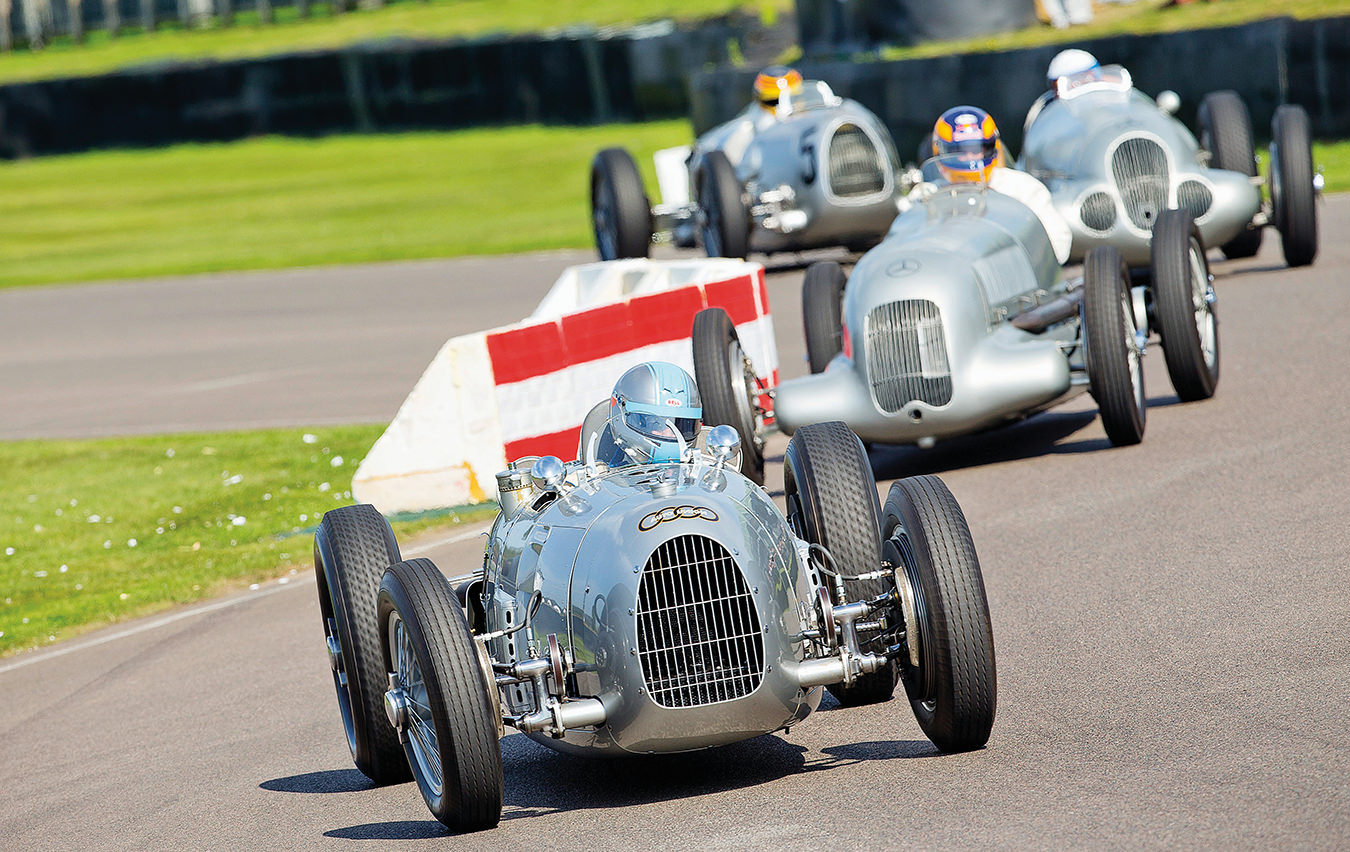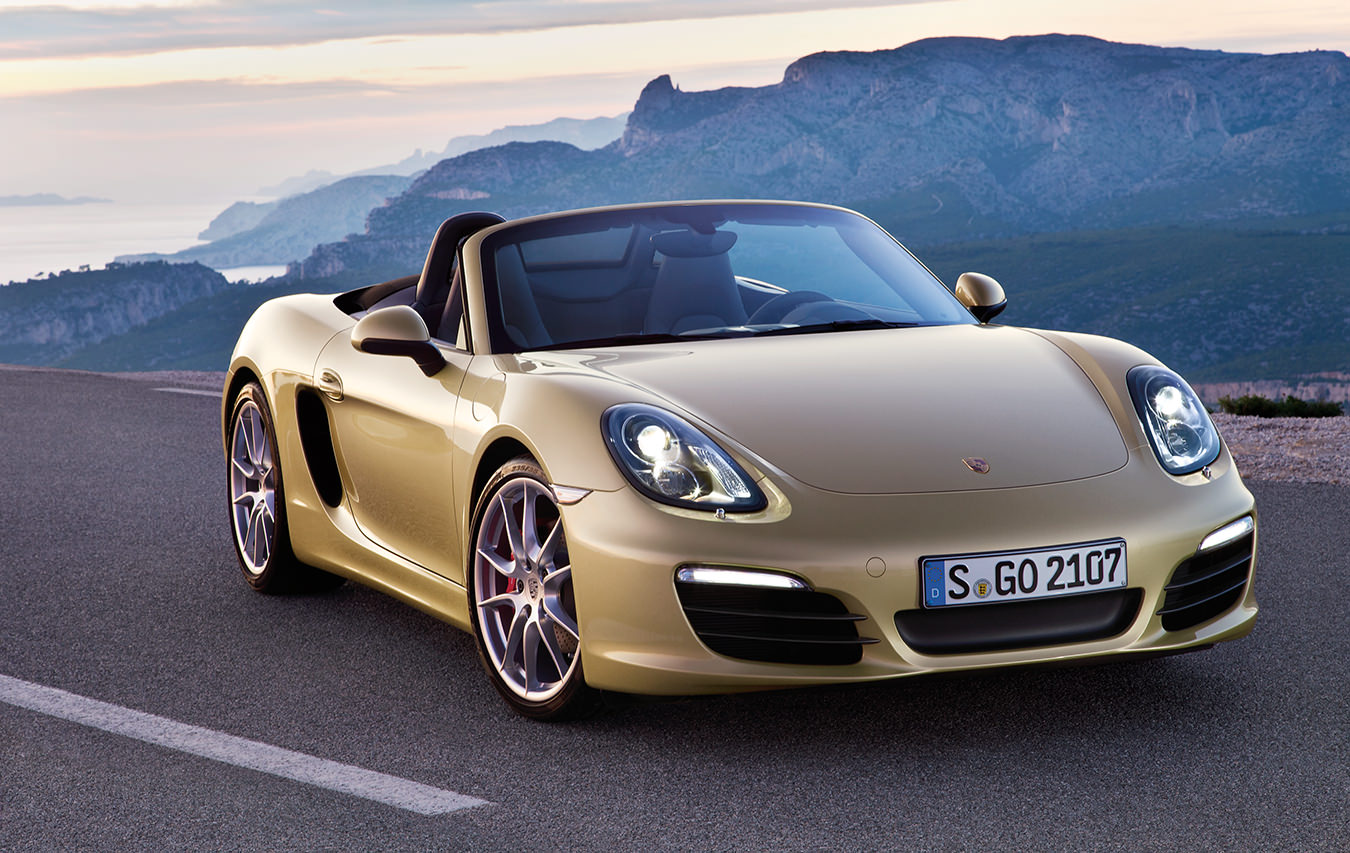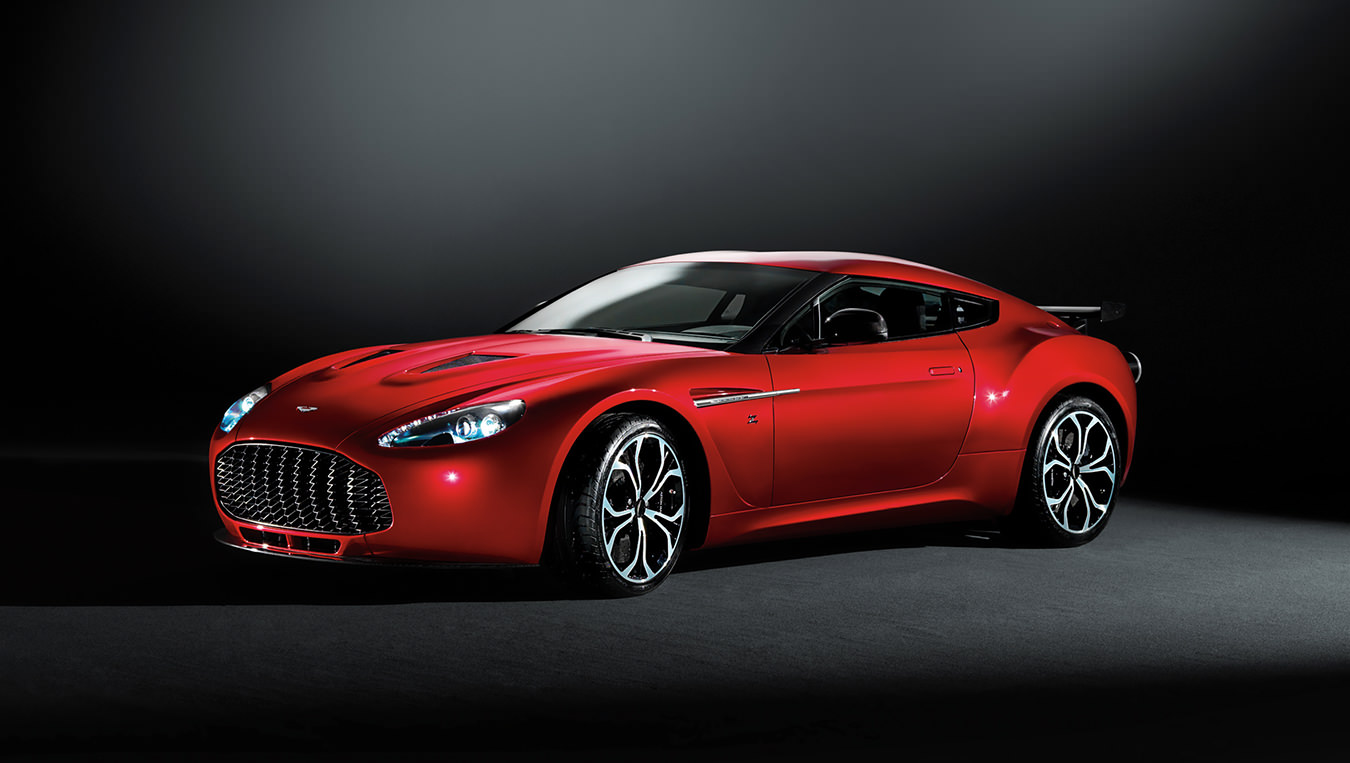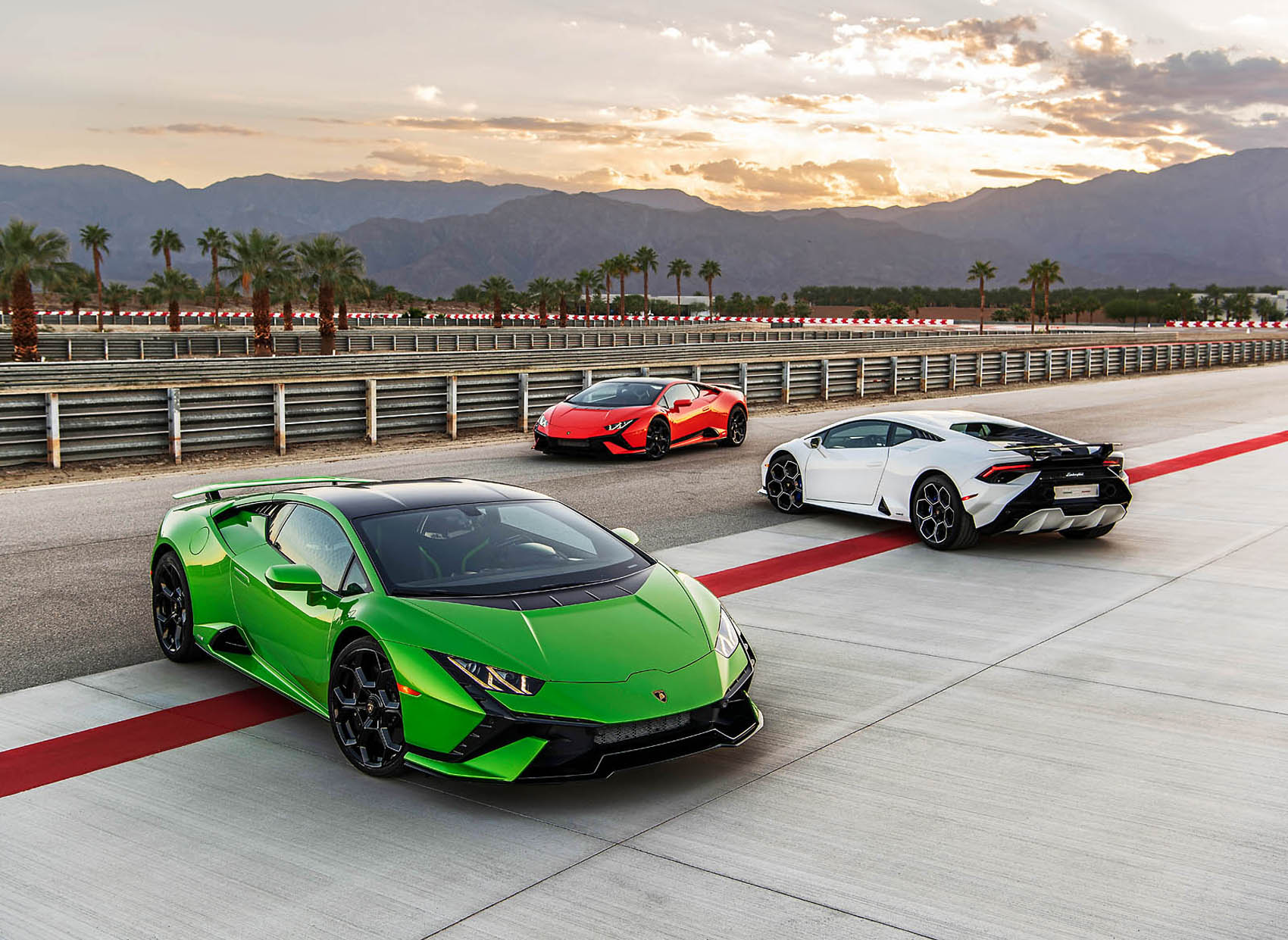
The Most Popular Lamborghini Ever Is Set to Retire
Farewell Huracán.
For most of its history, Lamborghini hung its hat on its V12-powered vehicles. The automaker started with cars featuring 12 cylinders and still sells V12 models today, but surprisingly, these impressively powerful cars aren’t the brand’s most popular. That honour goes to the Huracán, the brand’s second V10-powered production supercar. Now, due to changing global emission standards, the automaker has announced that the Huracán is being phased out for something new.
The Huracán story started with the first V10-powered production Lamborghini, the Gallardo. When the Huracán arrived in 2014, it inherited the 5.2-litre V10 engine from its predecessor, as well as the youthful attitude the older car had introduced to the automaker’s lineup.
“We built on the solid basis of the Gallardo and managed to increase the volumes with the Huracán. The technique in the end is putting together many of the lessons that we learned,” Lamborghini Americas CEO Andrea Baldi says. “The Huracán has very important characteristics, but this is the last model that will have naturally aspirated V10 power without any additions of hybridization.”

The V10 engine of the first Huracán delivered 600 horsepower. With its all-wheel-drive grip, it could rocket to 100 kilometres per hour from a standstill in under three seconds, allowing it to deliver outstanding straight-line performance.
That wasn’t all the Huracán was known for when it first hit the road. It is a smaller car with different proportions than the brand’s V12-powered stablemates, which made it uniquely positioned in terms of performance. For the first time, a Lamborghini supercar could be considered comfortable, which helped in markets where this was a concern, Baldi explains.
Critics and customers raved about how one could commute and live with the smooth-riding Huracán, especially compared to its predecessor and other V12 Lambos. Combine that trait with the car’s incredible performance, and the Huracán’s status as a future classic began to form.
Of course, there were criticisms, but the automaker had an answer for each. Over the next eight years, it made more than a dozen versions of the Huracán, each responding to a specific complaint or exhibiting more speed and performance.
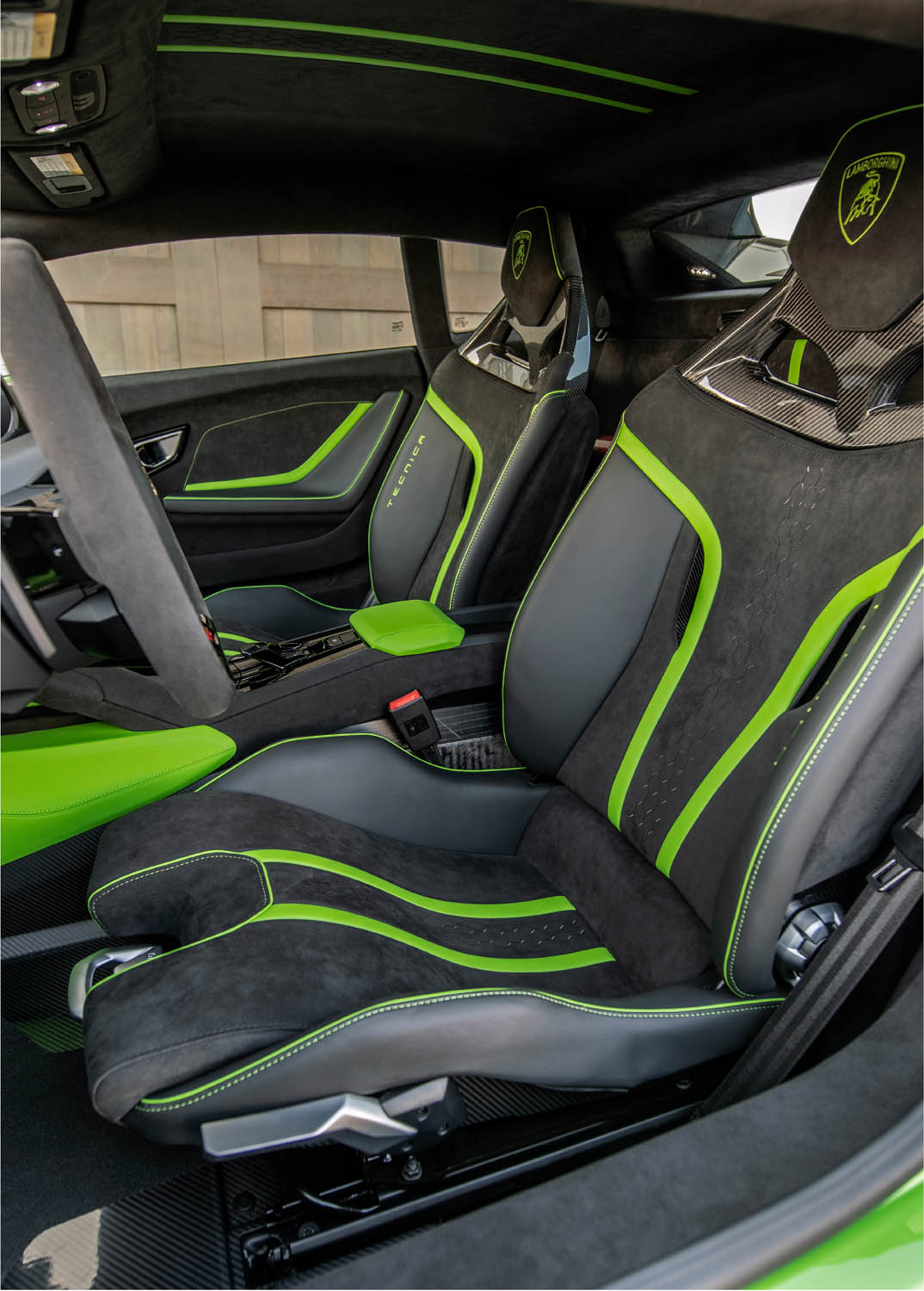
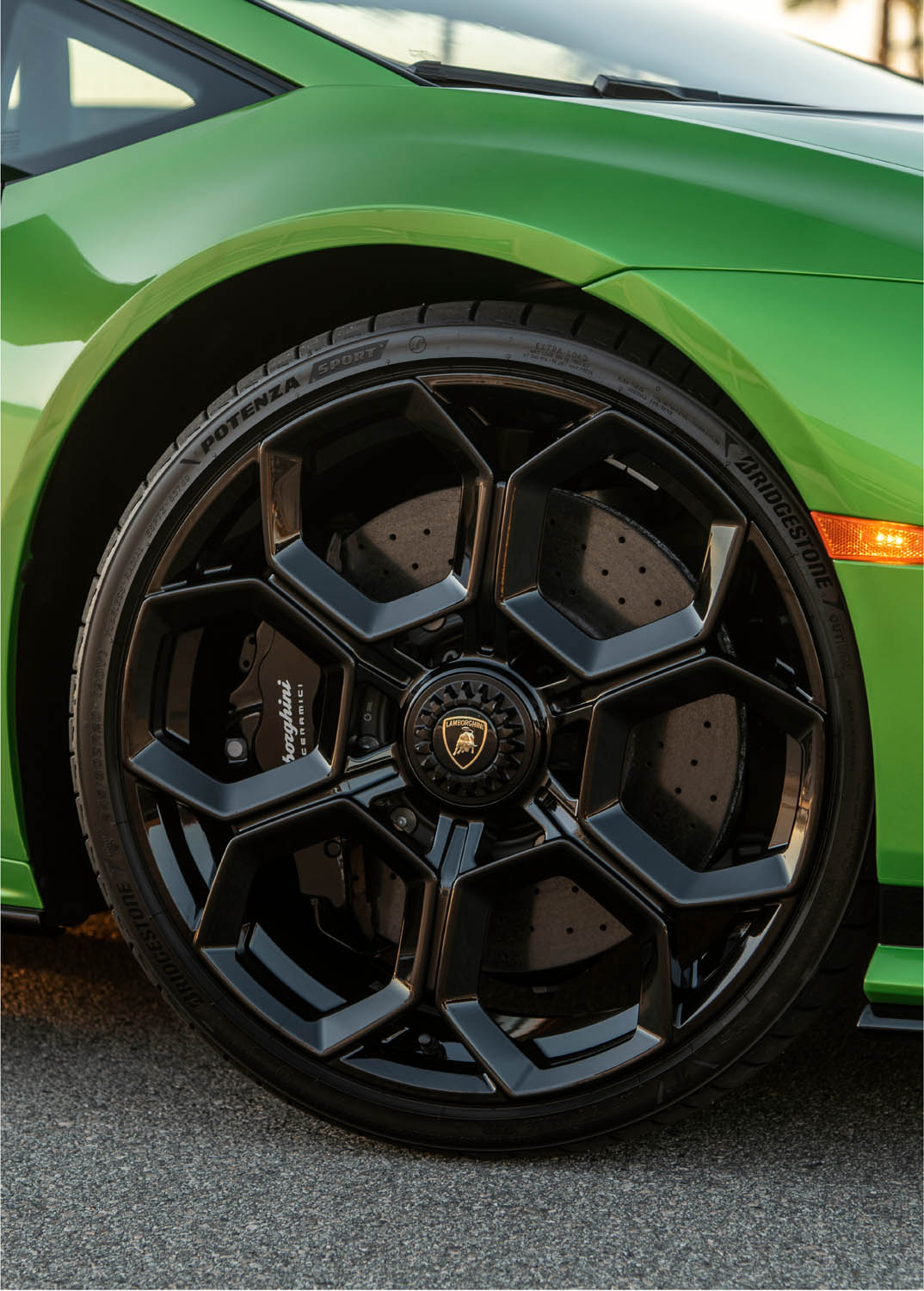
For example, some said the surefootedness of the standard all-wheel-drive system lacked drama and sapped the joy out of the drive by being too stable. Instead of scoffing at such a niche complaint, Lamborghini developed exciting-to-drive, drift-happy, rear-wheel-drive models.
While they could turn the rear tires to smoke, some questioned Lamborghini’s performance credentials. How anyone could suggest the Huracán isn’t fast enough around a track seems unfathomable, but Lamborghini took it as a challenge.
To make a point, in 2017 the company went to one of the most difficult tracks on the planet with the lighter and aerodynamically optimized Huracán Performante. The Nürburgring circuit in Germany, known as the Green Hell, is home to many automaker test fleets, not to mention intense endurance races, and was the perfect place to showcase the on-track ability of the Performante.
It’s one of Baldi’s most memorable Huracán moments. “Performante was a huge step up for Lamborghini, and for the Huracán family,” he says. “We really had a car that was so accessible, so easy to drive, and so fast.”
He explains that the window for nailing the track time was very narrow. Large automakers can book the track for two weeks, but Lamborghini had limited resources, leaving just a few days of testing. Furthermore, the forecast called for rain. Baldi says the team performed every ritual they could think of to stave it off.
Fortunately, test driver Marco Mapelli put down a blazing lap of 6:52:01 in his first stint with the Huracán Performante, earning the automaker a lap record. That time snatched the previous production-car lap record from the significantly more expensive and powerful Porsche 918 Spyder.
It was unbelievable. Lamborghini made outrageous, passionate supercars but rarely high-performance lap-record holders. Videos of the laps were scrutinized by car snobs, and journalists interviewed everyone involved to ensure Lamborghini wasn’t pulling the wool over any eyes. In the end, there wasn’t anything to it but pure performance and engineering, putting Lamborghini on top of the automotive world.
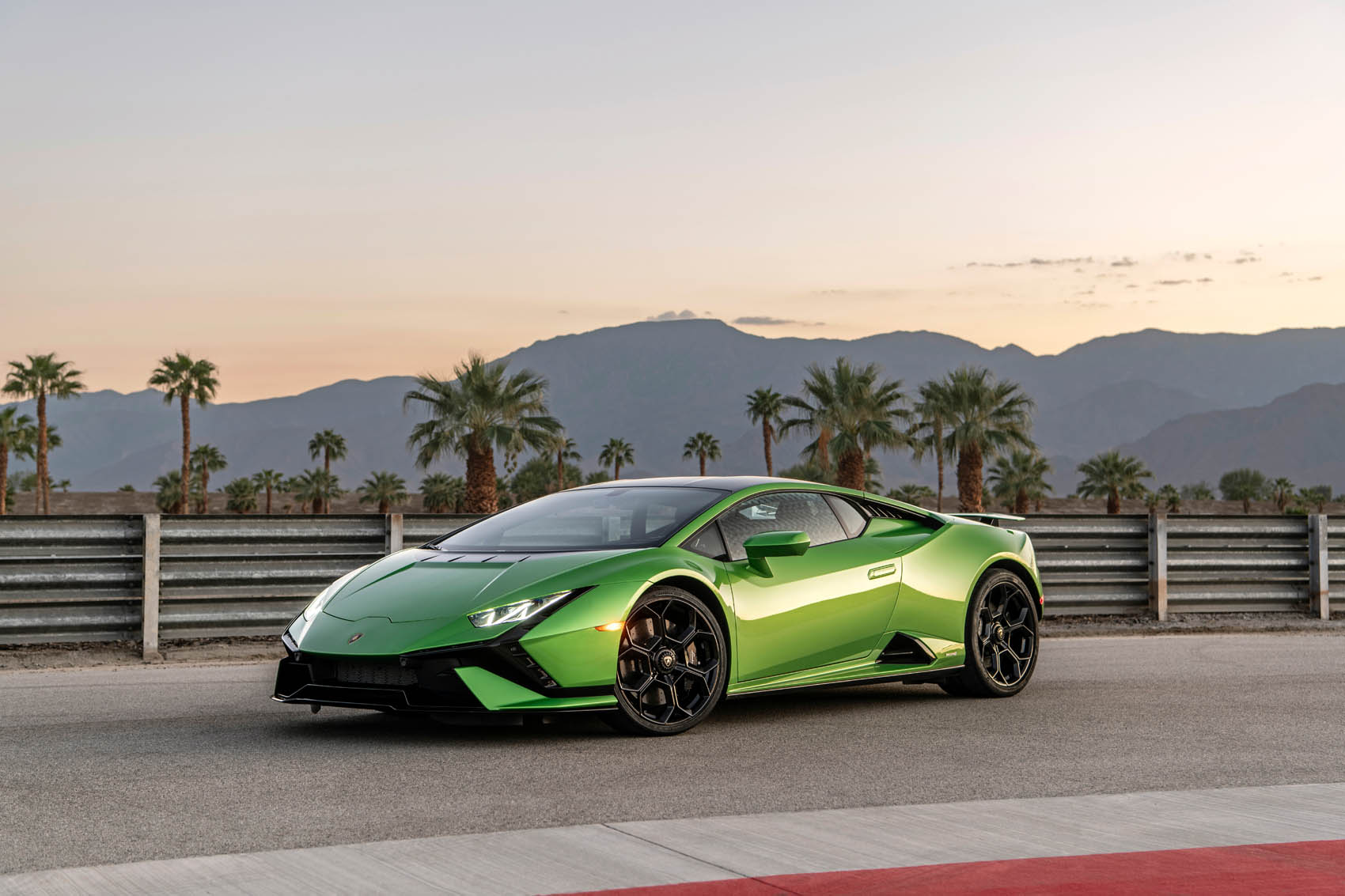
Like previous Huracán models, the Tecnica features a V-10 engine. The supercar is comfortable and playful on the road yet sharp and speedy on the track.
The automaker took this confidence and infused it into the next versions of the Huracán. The Huracán Evo boasted aerodynamics inspired by the Performante, along with road-oriented rear-wheel steering and clever performance-enhancing tricks like a torque-vectoring differential. This led to the track-oriented, rear-wheel-drive Huracán STO model and eventually the Huracán Tecnica. The automaker claims it includes the souls of all the previous derivatives in one car. It’s comfortable and playful on the road while sharp and speedy on the track.
But as always, the V10 engine is the star of the show. It responds instantly and sounds incredible as it approaches the 8,500-rpm redline, rocketing you to the next corner, next destination, or just the horizon ahead.
Unfortunately, the engine is one of the main reasons the Huracán needs to be replaced. The automaker must meet new global emissions standards, which can’t be achieved with the old V10 and without some kind of electrification, which will require a completely new vehicle and platform. “The Huracán has set high benchmarks,” Baldi says, emphasizing that it changed the profitability of the company and added stabilization. “It gave the confidence to build the strategy for the future development of Automobili Lamborghini,” he says.
Over 20,000 sales later, the Huracán is the most popular Lamborghini model of all time. The Huracán’s success gave the brand confidence to build new vehicles, like an SUV, an off-road-oriented supercar, and the upcoming electric Huracán replacement.
Baldi notes, “The trick in general is to make sure that whatever we do, we do it when we are absolutely ready and able to come to the market with something that is superior from a performance point of view.”
Even though the Huracán successor will lack the noise, vibration, and performance of the V10 engine, it will still carry forward the confidence and performance established by the Huracán, which cemented the supercar in the brand’s history.
